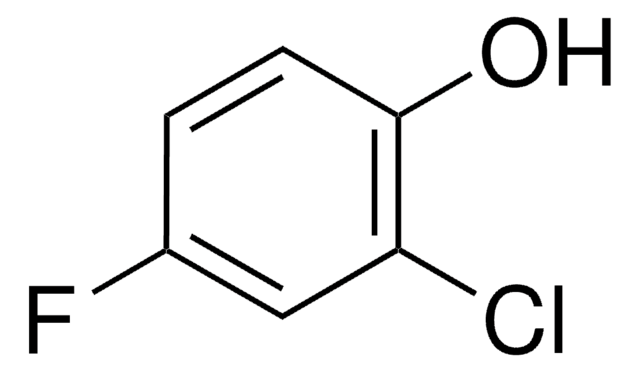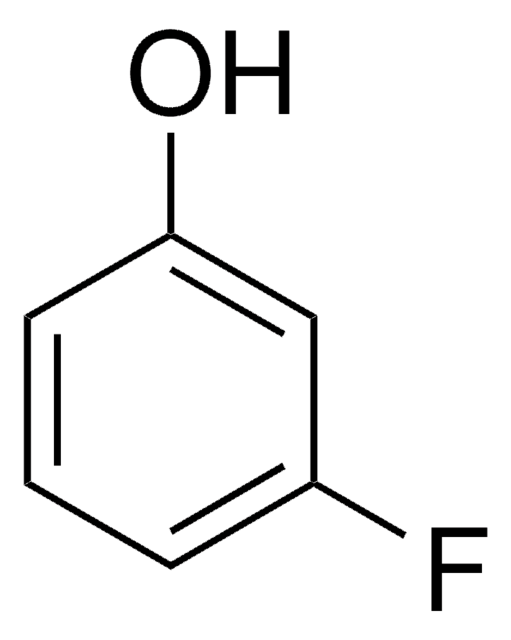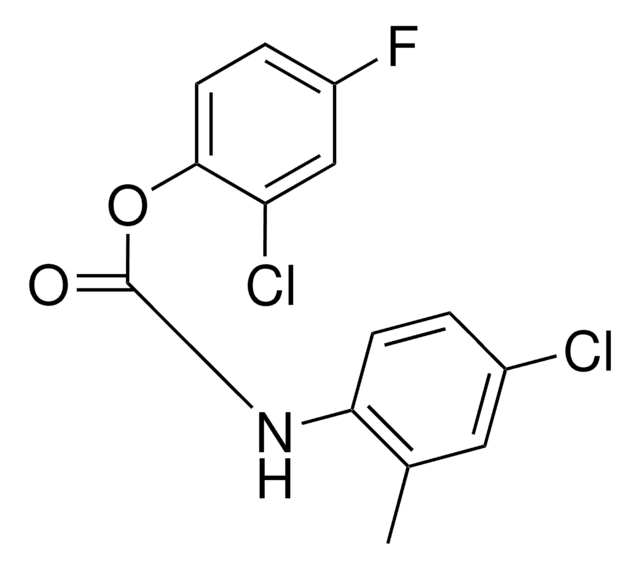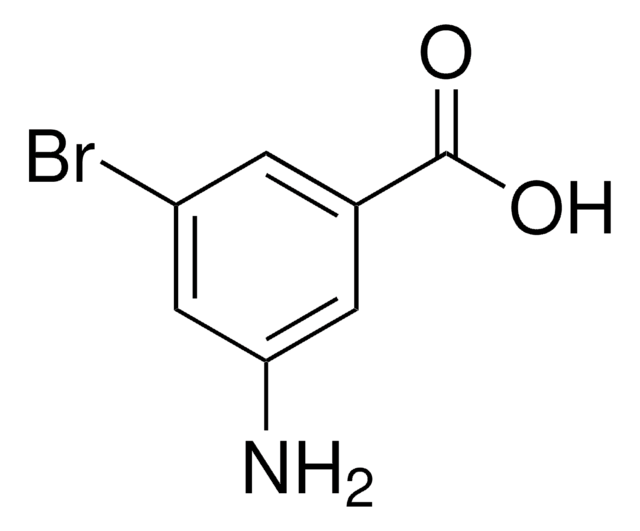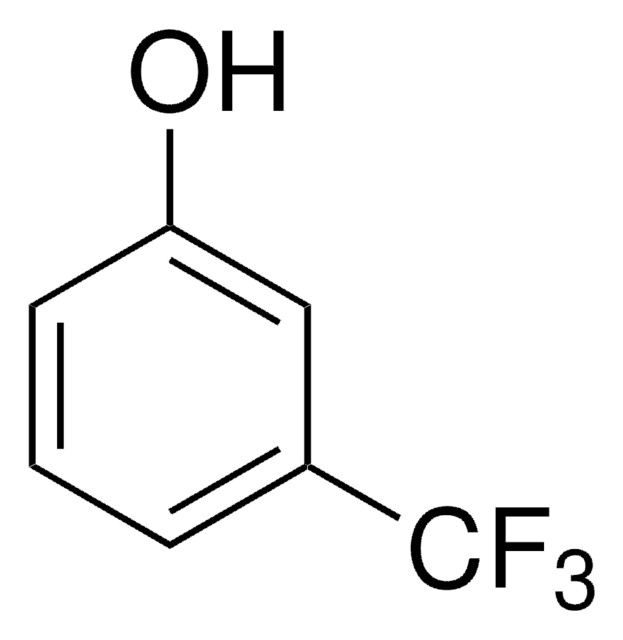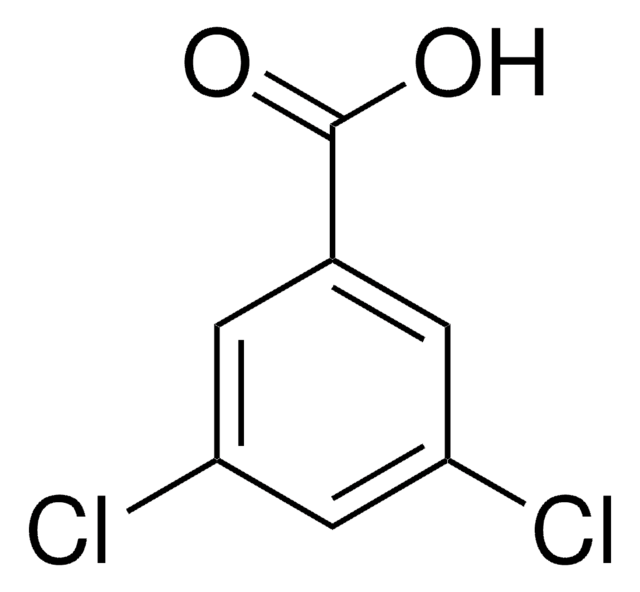All Photos(1)
About This Item
Linear Formula:
ClC6H3(F)OH
CAS Number:
Molecular Weight:
146.55
MDL number:
UNSPSC Code:
12352100
PubChem Substance ID:
NACRES:
NA.22
Recommended Products
Assay
99%
form
liquid
refractive index
n20/D 1.536 (lit.)
bp
103-104 °C/50 mmHg (lit.)
mp
20 °C (lit.)
density
1.378 g/mL at 25 °C (lit.)
functional group
chloro
fluoro
SMILES string
Oc1ccc(Cl)cc1F
InChI
1S/C6H4ClFO/c7-4-1-2-6(9)5(8)3-4/h1-3,9H
InChI key
ZKMUKBBWORLNLA-UHFFFAOYSA-N
General description
4-Chloro-2-fluorophenol undergoes reductive dechlorination to yield 2-fluorophenol by the sulfate-reducing consortium.
Application
4-Chloro-2-fluorophenol was used in the enzymatic preparation of 5-chloro-3-fluorocatechol.
Signal Word
Warning
Hazard Statements
Precautionary Statements
Hazard Classifications
Eye Irrit. 2 - Skin Irrit. 2 - STOT SE 3
Target Organs
Respiratory system
Storage Class Code
10 - Combustible liquids
WGK
WGK 3
Flash Point(F)
177.8 °F - closed cup
Flash Point(C)
81 °C - closed cup
Personal Protective Equipment
dust mask type N95 (US), Eyeshields, Gloves
Choose from one of the most recent versions:
Already Own This Product?
Find documentation for the products that you have recently purchased in the Document Library.
Reductive dechlorination of halogenated phenols by a sulfate-reducing consortium.
Haggblom MM.
FEMS Microbiology Ecology, 26(1), 35-41 (1998)
Inna P Solyanikova et al.
Applied and environmental microbiology, 69(9), 5636-5642 (2003-09-06)
The present study describes the (19)F nuclear magnetic resonance analysis of the conversion of 3-halocatechols to lactones by purified chlorocatechol 1,2-dioxygenase (ClcA2), chloromuconate cycloisomerase (ClcB2), and chloromuconolactone dehalogenase (ClcF) from Rhodococcus opacus 1cp grown on 2-chlorophenol. The 3-halocatechol substrates were
Our team of scientists has experience in all areas of research including Life Science, Material Science, Chemical Synthesis, Chromatography, Analytical and many others.
Contact Technical Service